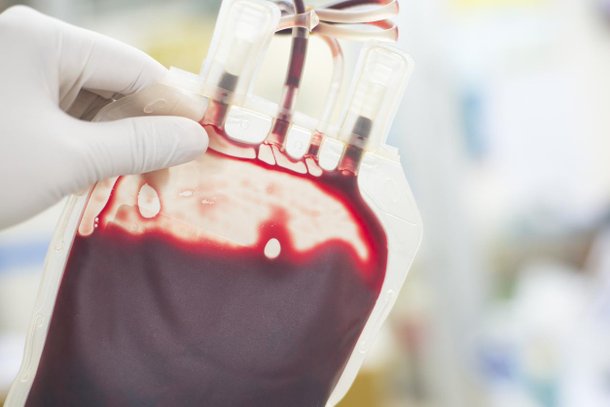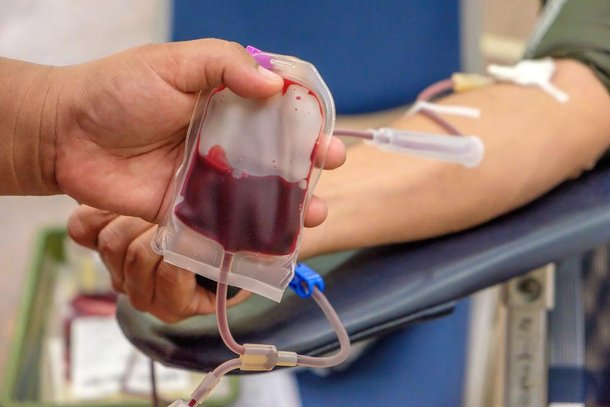Uma nova descoberta feita pelos pesquisadores pode indicar que temos mais tipos sanguíneos do que imaginávamos — além dos quatro mais conhecidos, que chamamos de A, B, O e AB.
O novo grupo Er é o 44º a ser descrito pela ciência. No total, há cinco antígenos Er dentro deste grupo, conforme foi identificado por um estudo publicado recentemente na revista científica Blood. Em comum entre os tipos de sangue deste grupo está a proteína Piezo1, encontrada na superfície dos glóbulos vermelhos.
Os anticorpos que “combinam” com os antígenos Er são capazes de se ligarem a eles, fazendo com que células imunes ataquem as células incompatíveis. Por isso, o conhecimento deste novo grupo pode ajudar a evitar incompatibilidades sanguíneas em casos de transfusões, por exemplo.
Como funcionam os grupos sanguíneos?

Nós costumamos conhecer apenas os quatro principais tipos sanguíneos: A, B, O e AB. Mas este não é o único sistema de classificação que existe. Os tipos de sangue consideram os glóbulos vermelhos a partir das proteínas e açúcares presentes em sua superfície — os chamados antígenos.
Ocorre que estes sistemas de classificação dos tipos de sangue existem simultaneamente e não são excludentes. Assim, um sangue pode ser classificado como O no sistema ABO, como positivo no sistema Rhesus, e assim por diante.
Por conta das diferenças entre os antígenos, o sistema imunológico de quem recebe uma doação de sangue pode detectar estes antígenos como corpos estranhos e reagir contra eles, o que é extremamente perigoso e pode levar à morte. Por isto, esta nova descoberta é considerada muito importante.
A descoberta do grupo Er

O grupo Er tem cinco antígenos, variações da proteína Piezo1. Uma destas foi encontrada no sangue de uma mulher grávida no Reino Unido, que acabou perdendo seu bebê por conta disso.
A descoberta deve ser oficializada como um novo sistema de grupos sanguíneos ainda este ano após a validação na reunião da Sociedade Internacional de Transfusão de Sangue. Este novo tipo sanguíneo, bastante raro, deve ajudar também a fazer o mapeamento de mutações genéticas ligadas a ele.
“Descobrir um novo sistema de grupos sanguíneos é como descobrir um novo planeta. Amplia a paisagem da nossa realidade”, declarou para o site Wired a professora Daniela Hermelin, da Faculdade de Medicina da Universidade de Saint Louis. Com isso, aumenta a chance de que os médicos possam diagnosticar corretamente o problema de incompatibilidade sanguínea entre uma mãe e um bebê ainda no útero, melhorando as possibilidades de tratamento.
Além disso, isso pode dar mais condições de sobrevivência a pacientes que tenham este sangue raro e em por algum tipo de problema — como a necessidade de uma transfusão de sangue. A expectativa é que, no futuro, os cientistas consigam cultivar glóbulos vermelhos que possam ser fornecidos a estes pacientes, caso eles necessitem de doação de sangue em algum momento de suas vidas.
Fonte: MegaCurioso.